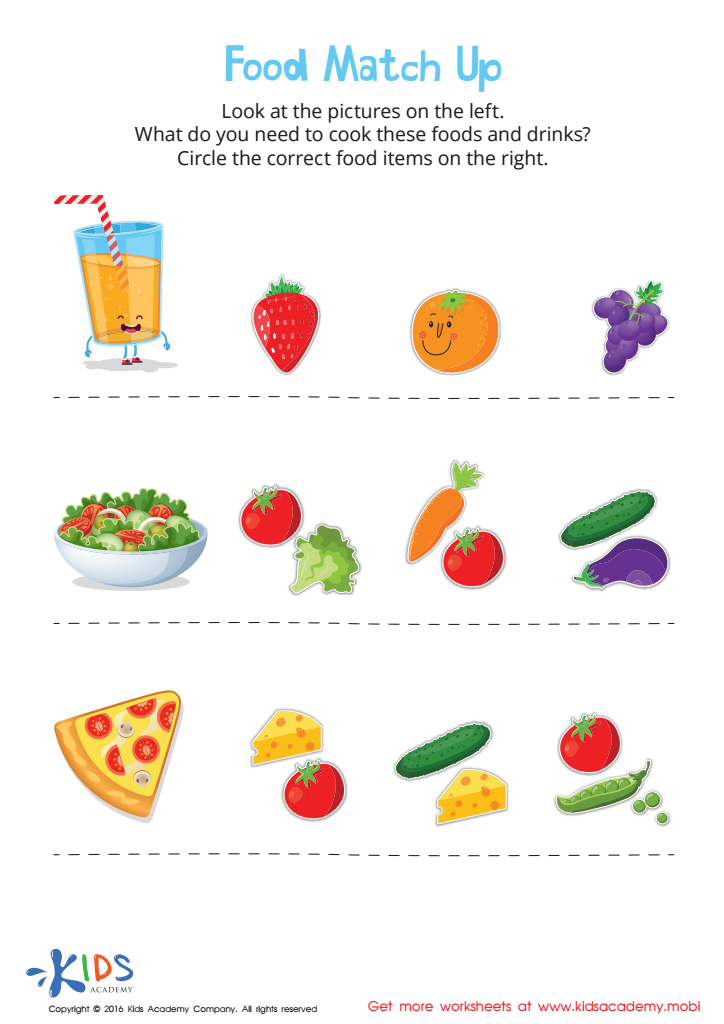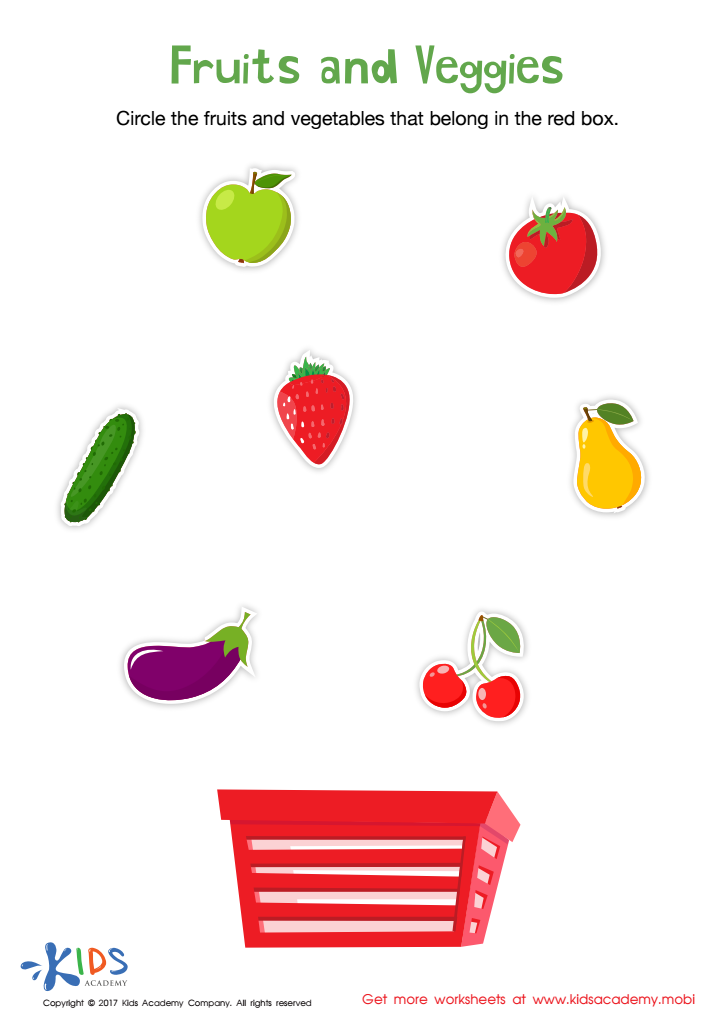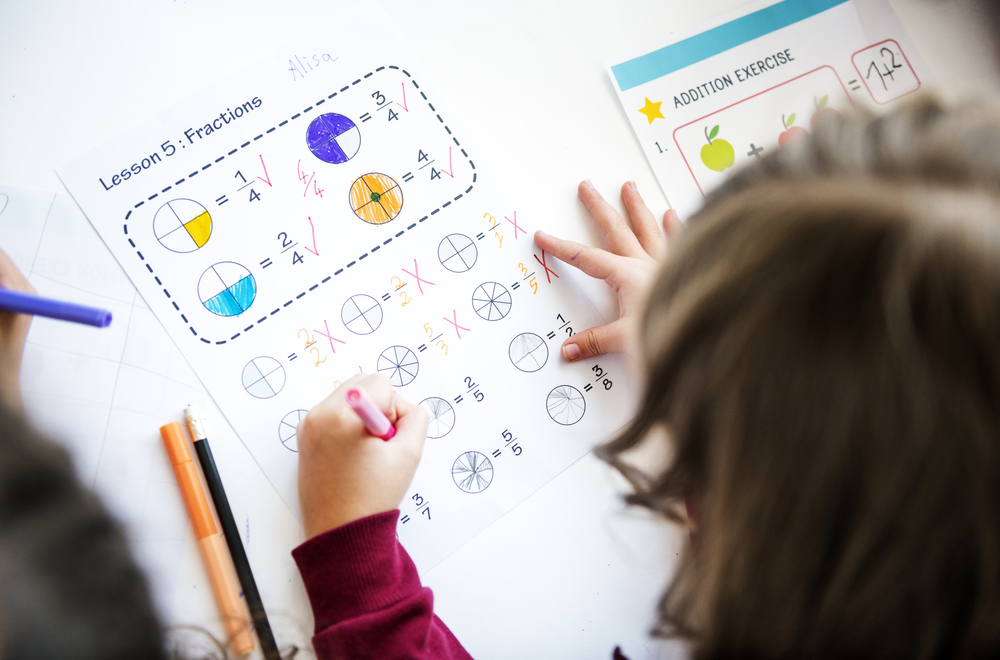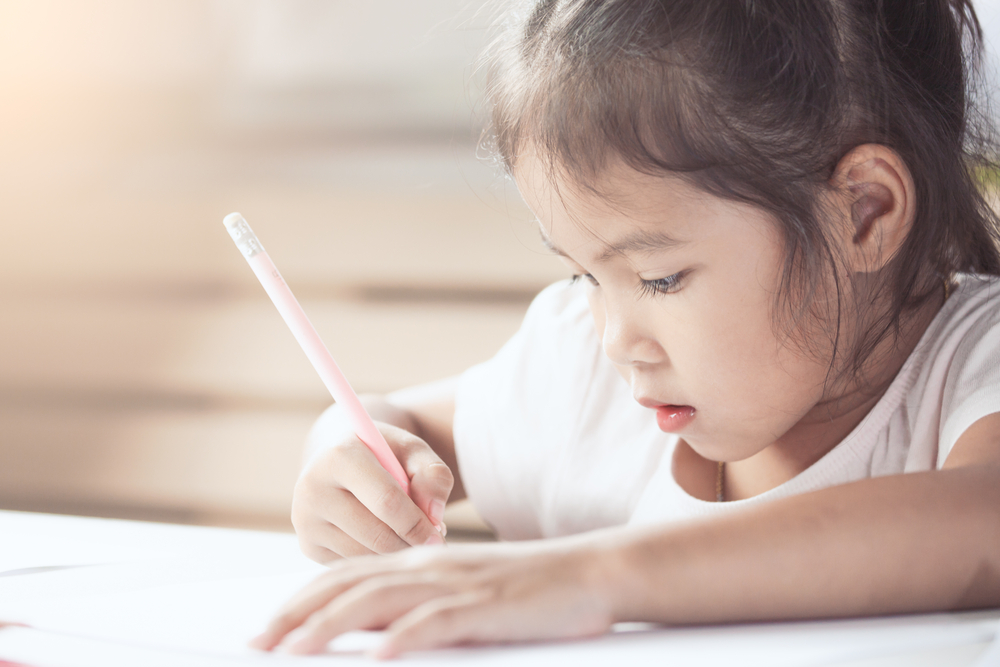Visual discrimination Matching Worksheets for Ages 3-6
3 filtered results
-
From - To
Discover our engaging Visual Discrimination Matching Worksheets designed for children aged 3-6. These worksheets help young learners develop essential skills by encouraging them to identify similarities and differences in various images. Early visual discrimination is crucial for later literacy and numeracy growth, making it a valuable skill for little ones. Our worksheets feature colorful, age-appropriate illustrations that capture children's interest while promoting cognitive development through fun activities. Perfect for classroom use or at-home learning, these visual discrimination exercises enhance concentration, attention to detail, and problem-solving abilities. Empower your child's learning journey with our expertly crafted resources that make mastering visual discrimination enjoyable!


Food Match Up Worksheet


Silhouettes – Shapes Worksheet
Visual discrimination matching is a crucial skill for children aged 3-6, serving as a foundation for many essential learning opportunities. This ability involves recognizing differences and similarities between objects, which is vital for tasks like sorting, categorizing, and identifying patterns. Parents and teachers should care about this skill because it directly influences children’s cognitive development and academic readiness.
At this age, children are rapidly developing their visual perception, which plays a key role in literacy and numeracy. For instance, recognizing letters and numbers, which share similar shapes, relies heavily on visual discrimination. Activities that promote matching skills, such as puzzles, memory games, and sorting exercises, not only enhance cognitive skills but also make learning engaging and fun.
Furthermore, strong visual discrimination skills contribute to a child’s confidence and independence in learning. When children can easily distinguish between different items, they feel more competent in exploring their environment and developing problem-solving skills. In nurturing these abilities, parents and teachers help prepare children for future academic challenges while supporting their overall growth and development. It lays the groundwork for critical thinking and analytical skills, which are essential for lifelong learning.

 Assign to My Students
Assign to My Students















